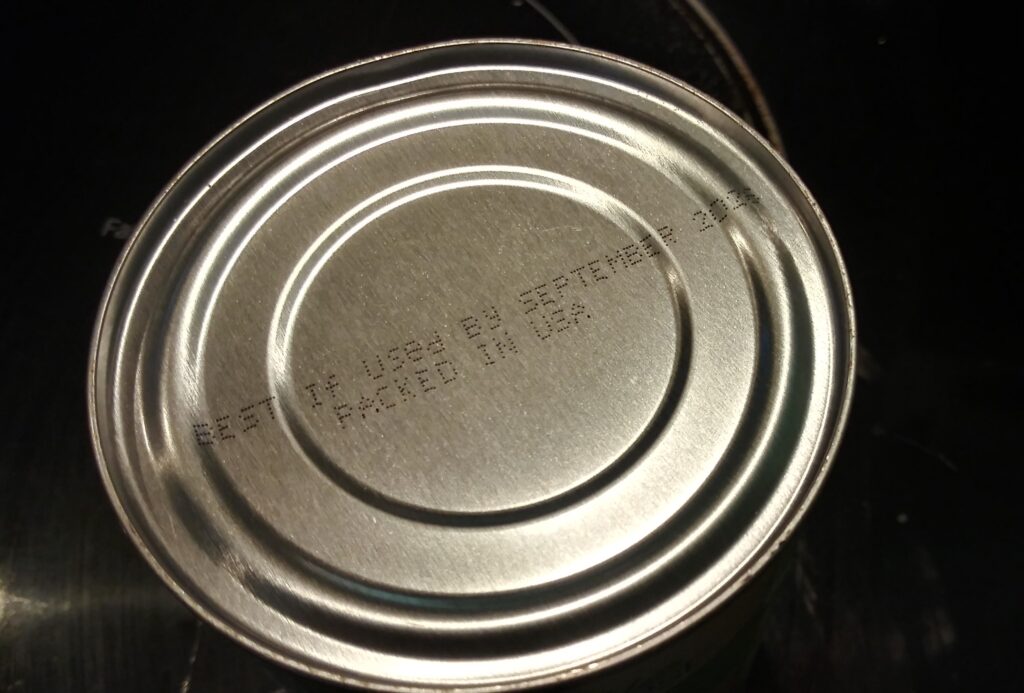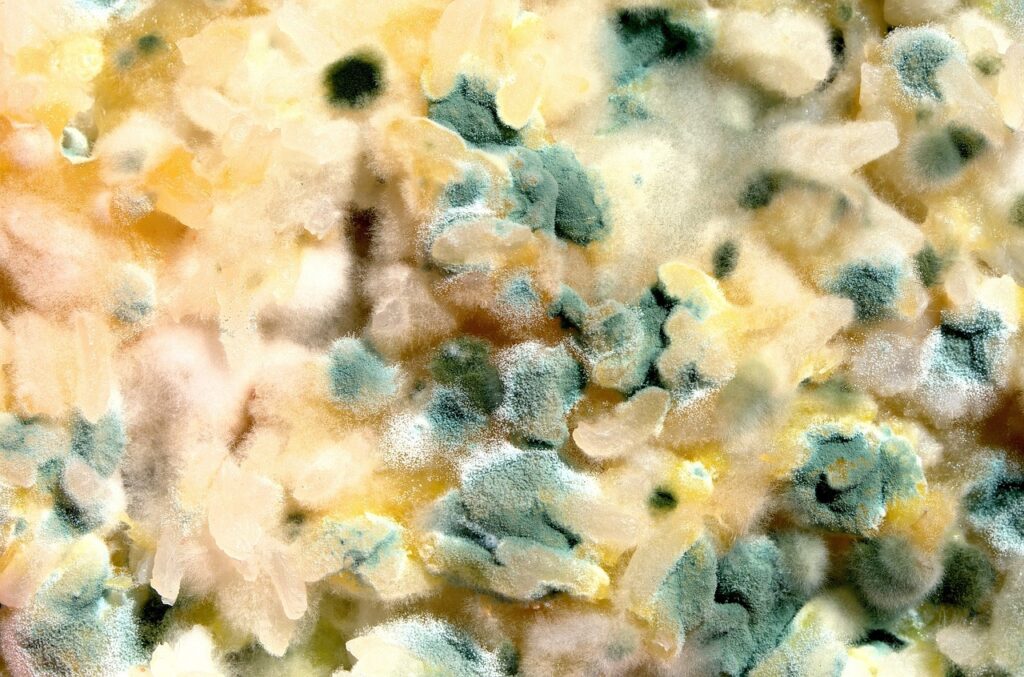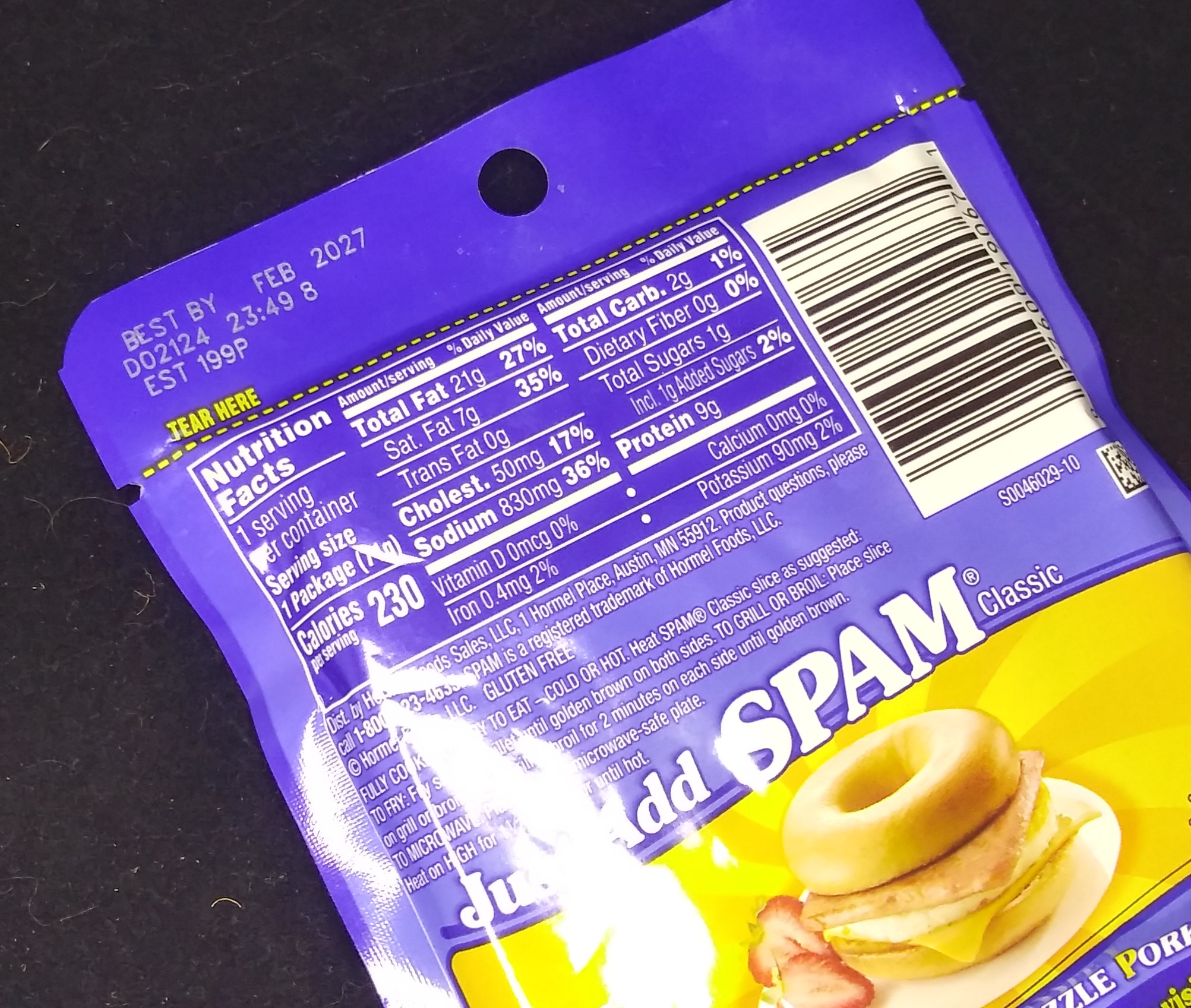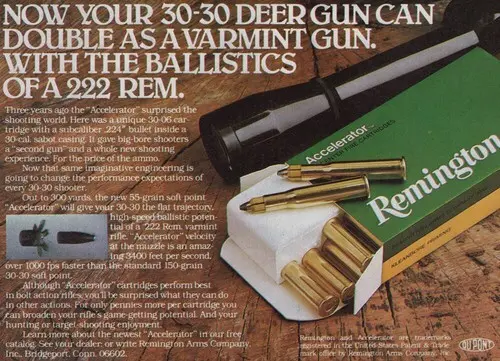As a country, we tend to throw away far more food than is necessary. Often, it’s because we saw an expiration date on the package had passed. The thing is, it isn’t an expiration date at all.
Brief History of Dates
Prior to the early 20th Century, most people got their food from local providers. They shopped at farm markets and butcher shops. As more and more people flocked to urban centers, food started being processed in factories and transported to stores for purchase. The problem was that by the time you saw it on the shelf, you had no way to know how old it was.
Legend has it that the infamous gangster Al Capone had a friend or family member who got sick from drinking milk that had gone bad. After that happened, Capone helped to lobby for putting dates on milk bottles.
Advertisement — Continue Reading Below
It’s hard to believe that putting dates on food packages has only been commonplace for about 50-60 years.
Sell By vs. Use By
As a general rule, any date on food other than baby formula refers to quality, not safety. “Sell By” means the store is supposed to pull the product from the shelf after that date. It is an inventory control tool, that’s all. “Use By,” refers to the last date that the producer or brand will guarantee peak freshness, taste, and nutrition. It isn’t an actual expiration date at all, though.
If you pull a can of ravioli from the cupboard and it’s two months past the “Use By” date, that doesn’t mean it needs to be tossed. It just means that the manufacturer isn’t going to give you a refund if the pasta is a little mushier than you expected.
Advertisement — Continue Reading Below

More and more companies are moving to “Best If Used By” for phrasing. It more accurately reflects the intent behind the date printed on the package.
As a general rule of thumb when it comes to canned goods, high-acid foods like tomato-based sauces are good for 12-18 months. Low-acid foods like meats are good for upwards of 2-5 years.
Advertisement — Continue Reading Below
Signs of Spoilage
Since we know that there is no such thing as an expiration date on most of our food products, how do we know something is safe to consume? Food goes bad in one of two ways. Pathogenic bacteria can cause foodborne illnesses. Spoilage bacteria can cause unpleasant tastes and/or odors. These aren’t mutually exclusive, and both may be present.
There are several indicators to look for to determine whether you want to roll the dice on a food that’s past its prime.
- Any can that’s swollen or dented should be tossed.
- An offensive smell means you probably won’t want to eat it.
- Mold is a sure sign to throw it out.
- Rising air bubbles are another bad sign.
- Trust your taste buds. If it tastes off, don’t keep eating it.

Advertisement — Continue Reading Below
If you’re in a true emergency situation, the last thing you want is to add foodborne illness to an already stressful time.















